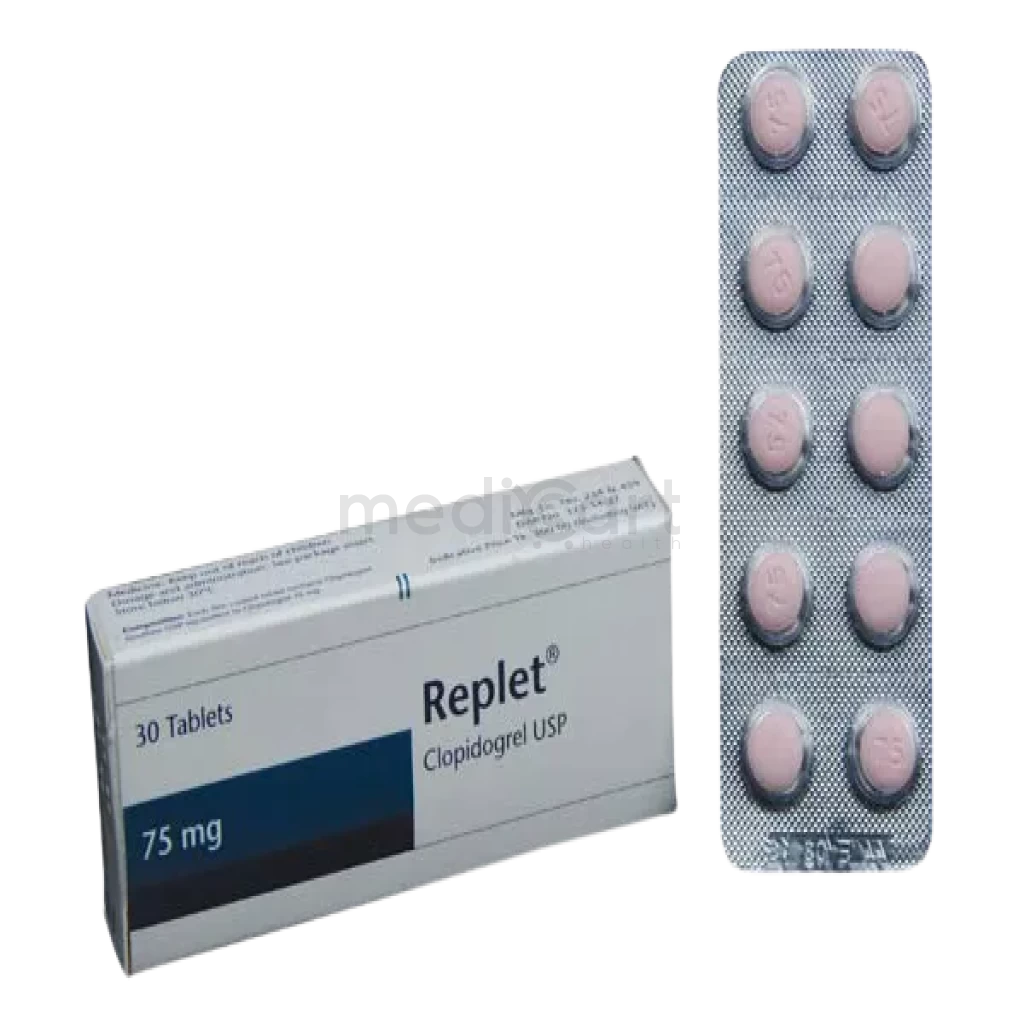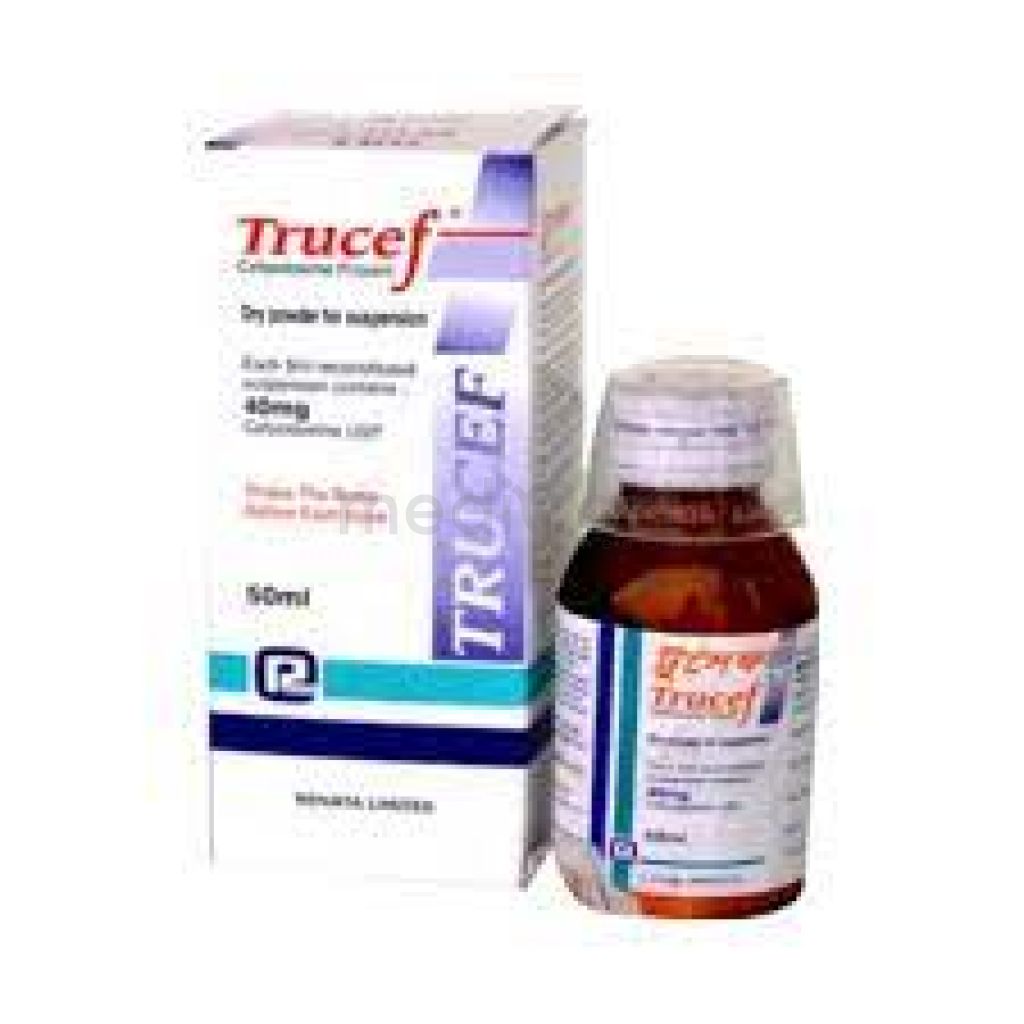

Cozopt - 5ml
Drops
Pack Size :
1 Bottle x 1 Packet
Generics :
Dorzolamide + Timolol
Manufacturer :
Aristopharma Limited
Best Price *
TK
550.00
* Delivery will be done in Dhaka city only.
More Information About - Cozopt - 5ml
Description
Generic Name
Dorzolamide 2% + Timolol 0.5% Eye prepPrecaution
Hepatic impairment, mild to moderate renal impairment, children <2 yr. Avoid use in pregnancy and lactation. Prinzmetal's angina, cardiac disease, hypotension, myasthenia gravis, history of renal calculi, history of intra-ocular surgery, pre-existing chronic corneal defects. May worsen severe peripheral and central circulatory disorders. May mask symptoms of hypoglycaemia and hyperthyroidism. Withdraw gradually, especially in patients with coronary heart disease. Discontinue treatment at the first signs or symptoms of cardiac failure. Contact lenses to be removed before eyedrop application and wait at least 15 minutes before reinsertion. Apply other eyedrops 10 minutes apart. May affect ability to drive or operate machinery as it may cause blurred vision. Lactation: Excreted in breast milk; not recommendedIndication
Open-angle glaucoma, Ocular hypertensionContra Indication
Hypersensitivity to any of the components or sulphonamide. History or current bronchial asthma, severe COPD, sinus bradycardia, 2nd or 3rd degree AV block, overt cardiac failure, cardiogenic shock, CrClr <30 ml/min and hyperchloraemic acidosis.Dose
N/ASide Effect
>10% Dorzolamide Ocular burning, stinging, discomfort (33%),Bitter taste (25%),Superficial punctate keratitis (10-15%),Ocular allergic reactions (10%) Frequency Not Defined Dorzolamide,Blurred vision,Ocular dryness,Photophobia,Ocular redness,Tearing,Stevens-Johnson syndrome,Toxic epidermal necrolysis Timolol Arrythmia,Bradycardia,Syncope,Fatigue,Headache,Dyspnea,Bronchospasm,Chest pain,Edema,Paresthesia,Nausea,Rales,Depression,Decreased exercise tolerance,Raynaud's phenomenon Potentially Fatal: Cardiac failure, bronchospasm.Pregnancy Category
Name : C
Description
Animal reproduction studies have shown an adverse effect on the fetus and there are no adequate and well-controlled studies in humans, but potential benefits may warrant use of the drug in pregnant women despite potential risksMode of Action
Timolol maleate, a nonselective beta-adrenergic blocker, reduces aqueous humor formation. Dorzolamide, a carbonic anhydrase inhibitor, has actions similar to acetazolamide. By inhibiting carbonic anhydrase in the ciliary processes of the eye, dorzolamide decreases aqueous humor secretion. Used together, there is additional intraocular pressure reduction compared to using either component alone, but the reduction is not as much as concomitant admin of dorzolamide tid and timolol bid.Interaction
Additive hypotension and bradycardia with oral calcium channel blockers, catecholamine-depleting drugs or beta-blockers, antiarrhythmics (e.g. amiodarone), digitalis glycosides, parasympathomimetics, narcotics and MAOIs. Additive systemic side effects with oral carbonic anhydrase or beta-blockers; avoid concurrent use. Additive systemic beta-blockade with CYP2D6 inhibitors (e.g. quinidine, SSRIs) and timolol.Pregnancy Category Note
Pregnancy Category: C Lactation: Excreted in breast milk; not recommendedAdult Dose
Ophthalmic Ocular hypertension; Open-angle glaucoma Adult: Instill 1 drop to the affected eye bid.Child Dose
Ophthalmic Ocular hypertension; Open-angle glaucoma <2 years Contraindicated >2 years Instill 1 drop to the affected eye bid.Renal Dose
Renal impairment: CrCl (ml/min) <30 Not recommended.Administration
N/ADisclaimer
The information provided herein are for informational purposes only and not intended to be a substitute for professional medical advice, diagnosis, or treatment. Please note that this information should not be treated as a replacement for physical medical consultation or advice. Great effort has been placed to provide accurate and comprehensive data. However, Medicart along with its authors and editors make no representations or warranties and specifically disclaim all liability for any medical information provided on the site. The absence of any information and/or warning to any drug shall not be considered and assumed as an implied assurance of the Company.






